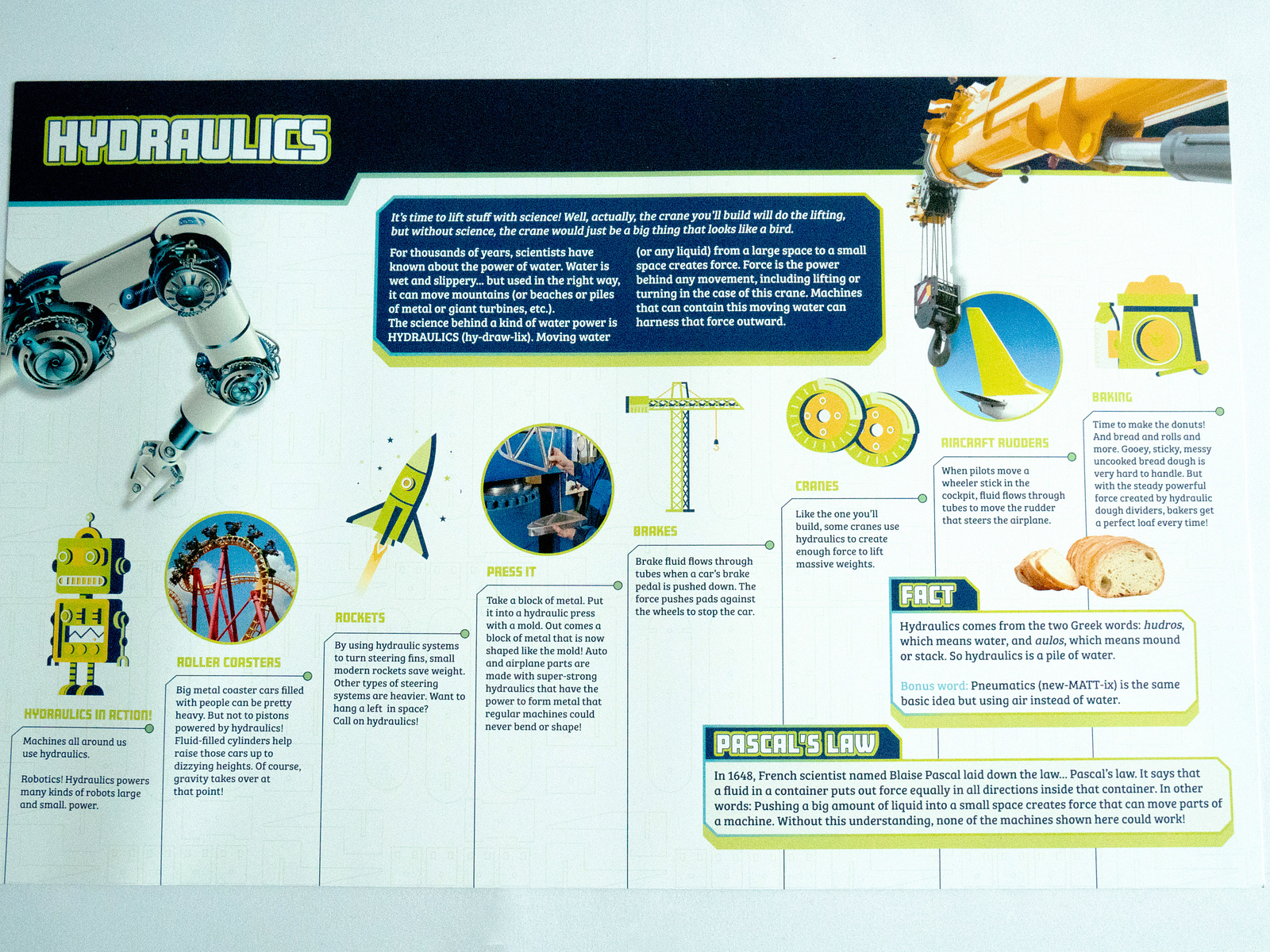Hydraulic cranes are essential machines in the construction and heavy lifting industry, providing the power and precision needed to move heavy objects with ease. These cranes use hydraulic systems to generate force and control the movement of the load, making them highly efficient and versatile. In this article, we will explore the inner workings of hydraulic cranes and the various applications they are used for.
The Evolution of Hydraulic Cranes: From Ancient Times to Modern Technology
Hydraulic cranes have come a long way since their inception in ancient times. These remarkable machines have evolved with the advancement of technology, making them more efficient and powerful than ever before. In ancient times, cranes were operated manually, using human or animal power to lift heavy objects. However, with the invention of hydraulic systems, cranes became capable of lifting much heavier loads with ease. The use of hydraulic power allowed for greater control and precision in lifting operations. Today, hydraulic cranes are equipped with advanced features such as telescopic booms, computerized controls, and safety mechanisms, making them indispensable in various industries such as construction, shipping, and manufacturing. The evolution of hydraulic cranes is a testament to human ingenuity and the constant pursuit of innovation.
How Hydraulic Cranes Work: Understanding the Mechanics Behind the Lift

Hydraulic cranes are powerful machines that are used to lift and move heavy objects. Understanding the mechanics behind how these cranes work is essential for anyone operating or working with them.
At the heart of a hydraulic crane is a hydraulic system, which uses fluid pressure to generate force. This system consists of a hydraulic pump, hydraulic cylinders, and hydraulic fluid. When the operator activates the crane, the hydraulic pump pressurizes the hydraulic fluid, which is then sent to the hydraulic cylinders. The pressure from the fluid causes the cylinders to extend, which in turn lifts the load.
Hydraulic cranes are known for their strength and versatility. They can lift heavy loads with ease and can be used in a variety of industries, including construction, shipping, and manufacturing. By understanding the mechanics behind hydraulic cranes, operators can ensure safe and efficient operation.
The Advantages of Hydraulic Cranes: Why They Are the Preferred Choice in Construction
Hydraulic cranes have become the preferred choice in construction due to their numerous advantages. Firstly, these cranes offer exceptional lifting capacity, allowing them to handle heavy loads with ease. This makes them ideal for construction projects that require the movement of large and bulky materials. Additionally, hydraulic cranes are highly versatile and can be easily maneuvered into tight spaces, making them suitable for various job sites. Another advantage is their ability to provide precise and controlled movements, ensuring safety and accuracy during lifting operations. Furthermore, hydraulic cranes are known for their durability and reliability, minimizing downtime and increasing productivity on construction sites. Overall, the advantages of hydraulic cranes make them an indispensable tool in the construction industry.
Hydraulic Cranes in Action: Real-Life Applications and Impressive Feats
Hydraulic cranes have revolutionized the construction industry with their real-life applications and impressive feats. These powerful machines are capable of lifting and moving heavy loads with ease, making them essential in various construction projects. From building skyscrapers to installing large infrastructure, hydraulic cranes play a crucial role in ensuring the success and efficiency of these endeavors. Their ability to reach great heights and maneuver in tight spaces makes them invaluable in urban environments. Additionally, hydraulic cranes have been used in disaster relief efforts, helping to remove debris and rescue trapped individuals. With their versatility and strength, hydraulic cranes continue to amaze and inspire with their incredible capabilities.
Safety Measures and Maintenance Tips for Hydraulic Cranes: Ensuring Smooth Operations
Safety is of utmost importance when operating hydraulic cranes. To ensure smooth operations, it is crucial to follow certain safety measures and maintenance tips. Firstly, operators should undergo proper training and certification to handle these heavy machinery. Regular inspections and maintenance checks should be conducted to identify any potential issues or malfunctions. It is important to keep the hydraulic system clean and free from debris to prevent any blockages or damage. Additionally, operators should always use the appropriate safety gear and follow all safety protocols while operating the crane. By adhering to these safety measures and maintenance tips, the risk of accidents and breakdowns can be significantly reduced, ensuring smooth and efficient operations.
The Future of Hydraulic Cranes: Innovations and Trends in the Industry
In recent years, the hydraulic crane industry has witnessed significant advancements and innovations that are shaping the future of this sector. One of the key trends in the industry is the integration of advanced technologies such as telematics and IoT (Internet of Things) into hydraulic cranes. These technologies enable real-time monitoring and data analysis, allowing operators to optimize crane performance and improve safety. Additionally, there is a growing focus on sustainability, with the development of eco-friendly hydraulic fluids and the use of electric-powered cranes. These innovations not only reduce environmental impact but also offer cost savings in terms of fuel consumption and maintenance. Overall, the future of hydraulic cranes looks promising, with continued advancements and trends driving the industry forward.
Conclusion
In conclusion, hydraulic cranes are an essential tool in the construction and heavy lifting industry. Their ability to lift heavy loads with precision and efficiency makes them a valuable asset on any job site. With advancements in technology, hydraulic cranes continue to evolve and improve, ensuring that they will remain a crucial component in the future of construction.
What are hydraulic cranes?
Hydraulic cranes are heavy-duty machines that use hydraulic power to lift and move heavy objects. They are commonly used in construction, shipping, and other industries that require heavy lifting.
How do hydraulic cranes work?
Hydraulic cranes work by using hydraulic fluid to generate power. The fluid is pumped into a cylinder, which then pushes a piston, creating force. This force is used to lift and move heavy objects.
What are the advantages of hydraulic cranes?
Hydraulic cranes offer several advantages, including high lifting capacity, precise control, and the ability to work in tight spaces. They are also known for their durability and reliability.
Are hydraulic cranes safe to use?
Yes, hydraulic cranes are designed with safety in mind. They are equipped with various safety features, such as overload protection and emergency stop buttons. However, it is important to follow proper operating procedures and receive proper training to ensure safe use.
What are the different types of hydraulic cranes?
There are several types of hydraulic cranes, including mobile cranes, tower cranes, and crawler cranes. Each type has its own advantages and is suitable for different applications.
Can hydraulic cranes be used in all weather conditions?
Hydraulic cranes are designed to withstand various weather conditions, including rain, wind, and extreme temperatures. However, certain weather conditions, such as strong winds, may limit their operation for safety reasons.

